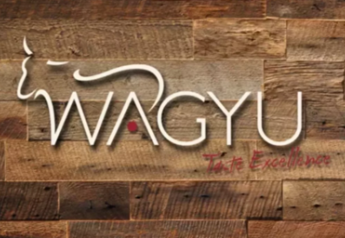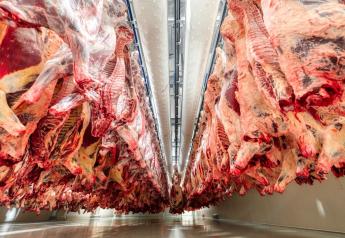Clay Supplements in Dairy Cows Improve Immune Response to Aflatoxin
In the fight against aflatoxin, dairy producers often turn to sequestering agents such as clay to reduce transference of the toxin into milk. It’s an effective tactic, but a new study from the University of Illinois shows that clay has additional benefits for overall cow health.
“There has been a good amount of research showing the effect of clay supplements on milk quality and performance, but we took it a step further to look at how clay can help the cow’s immune system,” explains Russell Pate, doctoral student in the Department of Animal Sciences at U of I and lead author on the study.
When incorporated into the diet, clay binds to aflatoxin, preventing it from being absorbed into the cow’s bloodstream. Instead, Pate says, the bound clay-aflatoxin complex is simply excreted through the feces.
In the study, Pate and his collaborators looked at the effects of aflatoxin and aluminosilicate clay supplementation in four groups of lactating Holstein cows: cows that weren’t exposed to aflatoxin and were not fed clay (control); cows that were exposed through an oral bolus and were not fed clay; cows that were exposed and fed 4 ounces of clay in the total mixed ration; and cows that were exposed and fed 8 ounces of clay.
“We used two different concentrations of the product to see if adding more would have a greater effect on toxin transference to the milk,” says Phil Cardoso, assistant professor in the department and co-author on the paper.
Cows fed the greater quantity of clay produced more milk with less aflatoxin M1, the form of the toxin that is excreted in milk.
But similar results have been shown by other researchers. What was new about the study was that Pate and Cardoso, along with co-author Devan Compart, looked at the effects of aflatoxin and clay on the liver, through biopsies, and at blood metabolites. The measures provide a broader picture of overall health and immune function.
“By minimizing the amount of aflatoxin getting into the cow’s bloodstream through the clay supplements, we wondered if that would help the cow’s immune system stay stronger, in a sense. That hadn’t been tested as much,” Pate explains.
For cows that were exposed to aflatoxin and not fed the clay supplement, Cardoso says liver hepatocytes were severely inflamed. But in cows fed 8 ounces of clay, inflammation decreased substantially. In addition, indicators of liver functionality and immune response, such as glutamate dehydrogenase and alanine aminotransferase, tended to increase in the liver and the blood as clay concentration increased in the diet.
The team also looked at gene expression and found a certain gene involved with protein production, known as MTOR, was negatively impacted by aflatoxin challenge. “With aflatoxin challenge, cows are producing less protein for themselves, for the milk, everything. Everything is made of protein. This is very instrumental,” Cardoso explains.
Ultimately, the researchers recommend clay supplements for aflatoxin challenge in dairy cattle.
“If you add clay to the diet, you will have a decrease in aflatoxin getting to the milk and will potentially be bolstering the immune system as well,” Pate says.
The article, “Aluminosilicate clay reduces the deleterious effects of an aflatoxin challenge in lactating Holstein cows,” is published in the Journal of Dairy Science [DOI: 10.3168/jds.2018-15024]. Authors include Russell Pate, Devan Compart of PMI Nutritional Additives, and Phil Cardoso. The project was partially funded by PMI Nutritional Additives.







